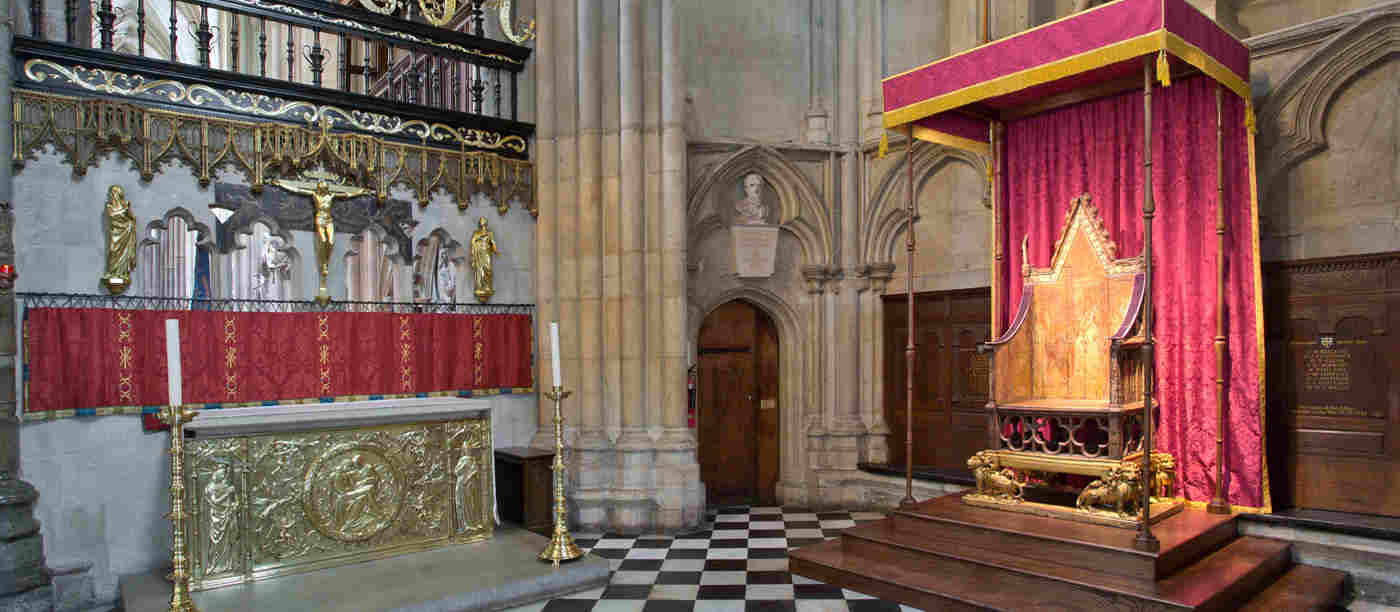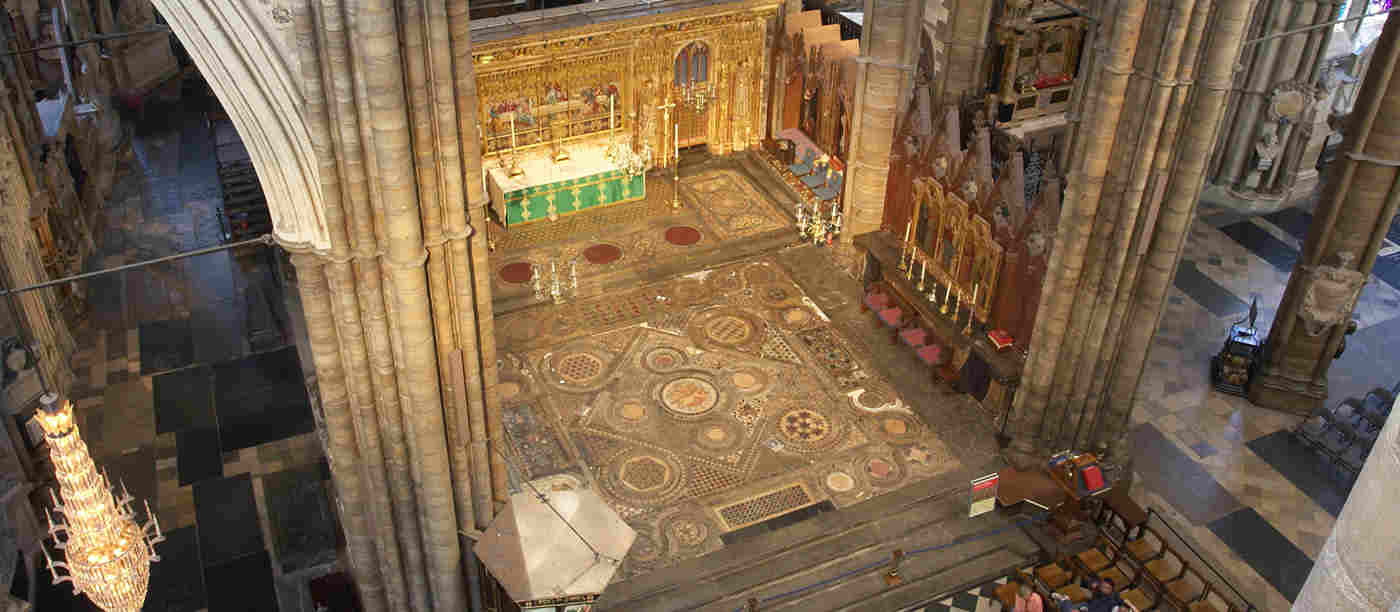
Spotlight on coronations
![]()
Order of Service
Find out more about the practical purpose and historical significance of orders of service for coronations.
How do the congregation know what will happen during coronations? Watch The Reverend Mark Birch, Minor Canon and Precentor, describe why the order of service is so important.

Spotlight on coronations: Order of Service

His Majesty The King's coronation
As well as guiding people through the service, it captured two new moments for the coronation. The first was the decision for The King to pray out loud; "Grant that I may be a blessing to all thy children, of every faith and belief". The second was the shift from the traditional Homage of Peers to a Homage of the People, in which everyone was invited to join in with a pledge of allegiance if they so wished.
An order of service is a booklet that explains the structure and content of Christian services, used at everyday services as well as larger, special services such as coronations. As a guide, the order of service will include information about when the congregation are to speak and what they say, which readings from the Bible will be said and by whom, along with lyrics for hymns and any other important information. Simply put, it ensures the right things happen at the right time.
The order of service is a reminder that coronations take place within a Communion service or Eucharist. The monarch is crowned in the name of God, surrounded by prayer, and the first thing that the newly-crowned monarch does is receive Holy Communion as a sign of his dependency on God.
Although coronations take place in Westminster Abbey, it is usually the Archbishop of Canterbury who has the duty of preparing the order of service as the person who leads the ceremony, supported by the Dean of Westminster.
With nearly 1,000 years of coronations at Westminster Abbey, the order of service offers an accurate representation of what took place. This is one of the ways to understand the continuity and change within coronations over that time.
The structure of the coronation service has fundamentally stayed the same, and includes the recognition, the oath, the anointing, the investiture, the crowning and the homage. However, it has adapted throughout history. The Reformation shifted the ceremony from Catholicism to Protestantism, highlighted through the introduction of spoken English within Queen Elizabeth I’s coronation. Since the Coronation Oath Act of 1689, the monarch has declared to maintain the established Anglican Protestant Church within the coronation ceremony.
It’s a privilege to live and work here – the Abbey really is the heart of the country and its history.
![]()














